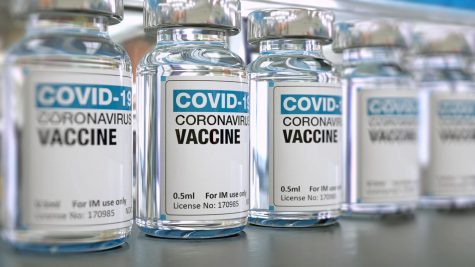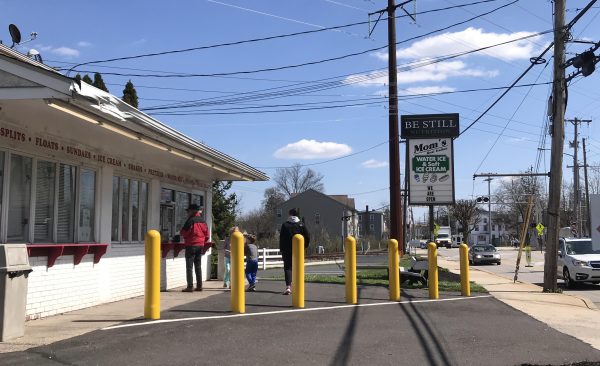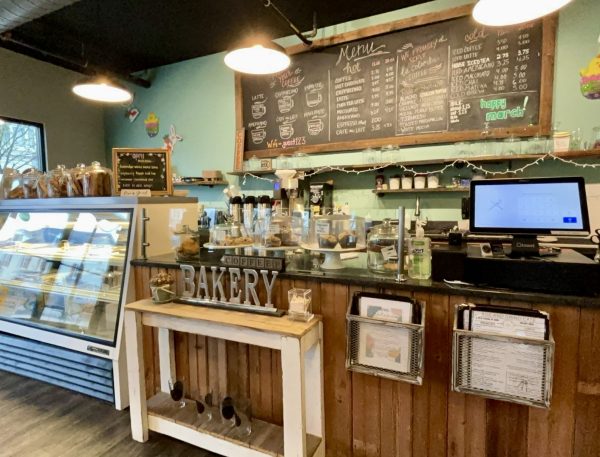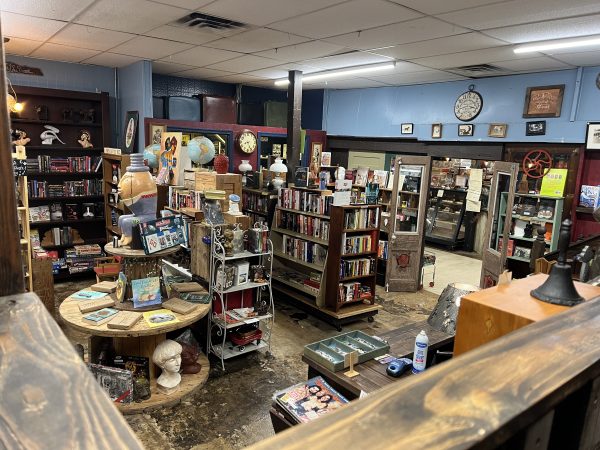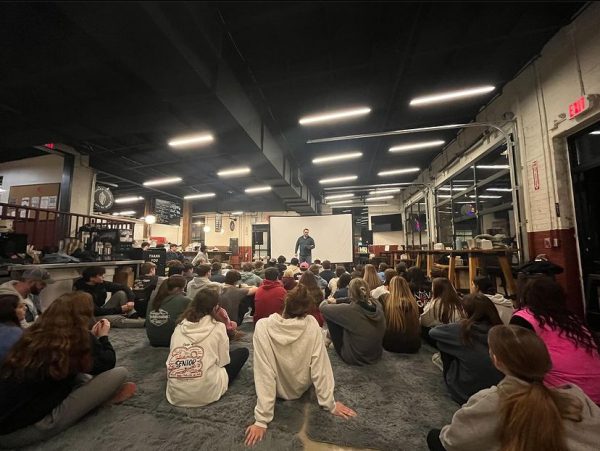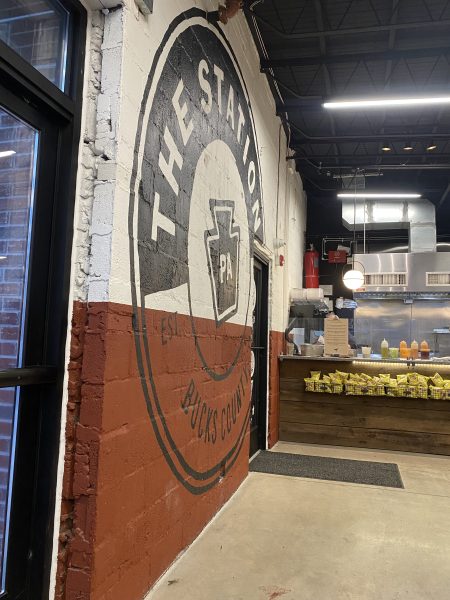The Timeline of a Vaccine
Vaccines are extremely complicated with many moving parts involved. Scientists from all over the world collaborate on these vaccines to get them developed as fast as possible. Despite this, on average a vaccine takes around ten to fifteen years to make with the fastest being the measles vaccine, being completed in four years. This year was different. With the first round of vaccines from Moderna and Pfizer being distributed in the U.S., we have to wonder, how exactly is a vaccine made and how did they do it so fast?
It all begins with studies and research. The first steps consist of a series of laboratory tests funded federally with academic and government scientists. In the exploratory phase which normally takes about two to four years, scientists must first identify a means of combating the disease whether it be a weakened version of the virus, or substances originating from the virus. mRNA which the Pfizer and Moderna vaccines use is a synthetic copy of the virus’s genetic material. The virus uses this material to instruct healthy cells to make copies of itself.
The scientists then use this antigen on cells, tissue, or animals in the preclinical phase in order to provoke an immune response. Scientists suggest an effective dose and administration method, usually the injection. During this one to two-year period, private researchers get involved to improve the candidate vaccine. Most candidates do not get past this stage.
A sponsor then submits an application to the FDA outlining the manufacturing, testing, as well as describing results of the previous research. The sponsor also outlines a proposed study in which participants will (or will not) receive the vaccine. An institutional review board where the study will be conducted will approve the clinical protocol. The FDA then has 30 days to approve the application.
A series of clinical studies of increasing participants will determine the efficacy of the vaccine using a placebo, and the vaccine itself. In phase one, 20 to 80 participants will receive the vaccine to determine the safety of the vaccine, as well as the extent and type of immune response. This phase may be completed non-blinded, meaning researchers and subjects know whether a vaccine or placebo is being used.
Phase two trials have several hundred participants and are randomized. Participants are put into controlled groups, including high risk and placebo groups to more carefully study the safety of the vaccine, as well as the effective dosage amount, method of vaccine administration, and schedule of doses. Pfizer and Moderna have a two-dose schedule of three and four-week spacings respectively.
Phase three has tens of thousands of participants and is the largest of trials. This trial seeks to finalize the results as well as determine any low-frequency adverse event. These randomized and double-blind trials seek to assess the vaccine’s safety in large groups. Specifically, a large number of participants are used to determine any low-frequency adverse effects. If this trial is deemed successful, a Biologics License Application is submitted to the FDA for approval. The FDA will then complete inspections and approve the application.
After approval, phase four trials may be conducted for additional testing or the vaccine is distributed. During public administration of the vaccine, any adverse effects are reported voluntarily to the VAERS, or Vaccine Adverse Event Reporting System established by the CDC and FDA. Anyone can report these effects to the CDC. An investigation is conducted to find out if the adverse event was directly caused by the vaccination, or is coincidental. Similar to the VAERS, the Vaccine Safety Datalink or VSD is a database of information related to vaccines. This database gathers information among populations and is used for future studies conducted by researchers.
Normally, this whole step by step process takes over a decade to complete. So how did Moderna and Pfizer do it? Many of the steps were completed on top of each other. For example, all three phases of testing could take up to ten years to complete. Upon federal approval, these three phases of trials were conducted at the same time. This was able to be done since many different groups were working on the vaccine at the same time with substantial funding not just from the government, but globally.
Should you take the vaccine? Researchers, scientists, medical personnel, and officials say yes. Distribution of both vaccines has already begun and medical personnel and high-risk people have been receiving the vaccine. Fellow Journalism classmates Megan Pole and Grace Robago agree. Pole added that “I feel enough precautions were taken for me to feel safe taking the vaccine.” Robago agreed with Pole, saying, “A lot of research has been done on [the vaccine] and a lot of people are already receiving it.”
The researchers and scientists have already done all the hard work. Now all they need us to do is to take the vaccine and return things to normal.
Brendan Bauer is in grade 12. His Interests/ Hobbies include playing golf, snowboarding, watching sports, volunteering, and going outside. He plans to...
